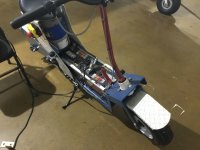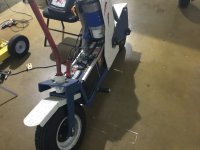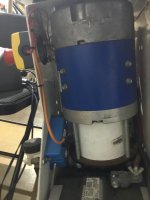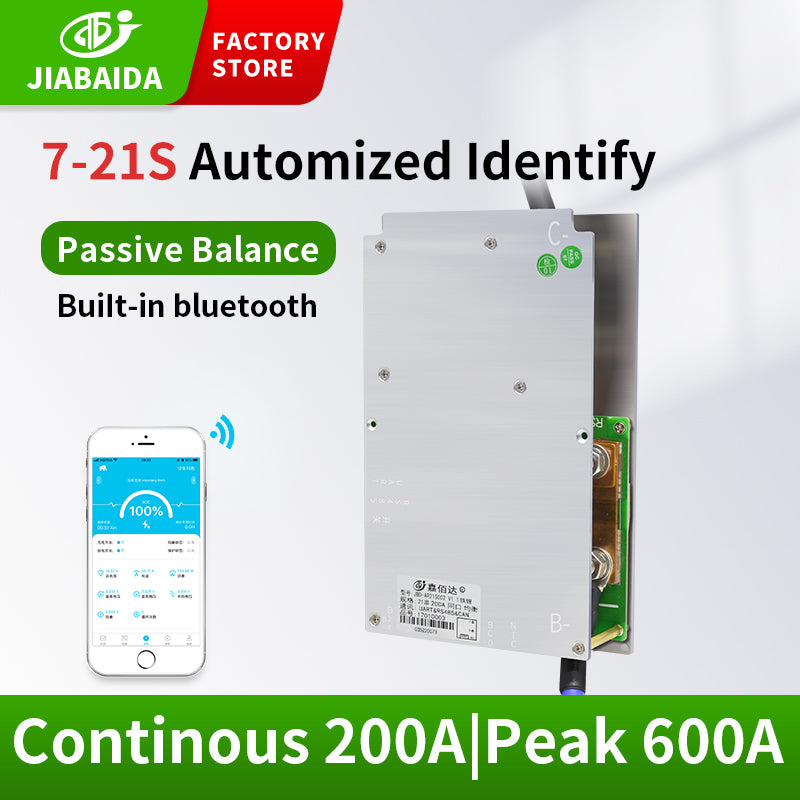I have no real knowledge on this, thus I need help.
I made the scooter below, designed for two lead acid batteries in series (24v). The lead acid batteries have low endurance, so I am trying to build my own LIPO4 battery. I am starting with eight 280ah Prismatic cells that I have already bought. They have a 1C rating for output current.
I need to buy the correct BMS and charger to protect my sizable battery investment. Searching online is confusing, and I am Leary about buying direct from China. You all have experimented with BMS brands, and I hope to learn from you.
I power the scooter with a golf cart motor and golf cart speed controller. Both work fine, no changes needed. For helping me choose a BMS, here’s what I know. The maximum peak current draw is 240 amps from a dead stop and applying full throttle. At cruise on pavement, the scooter varies between 45-60 amps. I like the Bluetooth and battery balancing features, but am confused about the limitations on current for balancing between cells.
For a charger, I am ok with charging overnight using an AC powered charger. My LIPO4 custom battery will be 24volt using eight 280ah Prismatic Cells. Should the charger be constant voltage, constant current, or smart enough to use both?
Please be specific on brand and part number on suggestions. I will be buying these two items based on your feedback.
I made the scooter below, designed for two lead acid batteries in series (24v). The lead acid batteries have low endurance, so I am trying to build my own LIPO4 battery. I am starting with eight 280ah Prismatic cells that I have already bought. They have a 1C rating for output current.
I need to buy the correct BMS and charger to protect my sizable battery investment. Searching online is confusing, and I am Leary about buying direct from China. You all have experimented with BMS brands, and I hope to learn from you.
I power the scooter with a golf cart motor and golf cart speed controller. Both work fine, no changes needed. For helping me choose a BMS, here’s what I know. The maximum peak current draw is 240 amps from a dead stop and applying full throttle. At cruise on pavement, the scooter varies between 45-60 amps. I like the Bluetooth and battery balancing features, but am confused about the limitations on current for balancing between cells.
For a charger, I am ok with charging overnight using an AC powered charger. My LIPO4 custom battery will be 24volt using eight 280ah Prismatic Cells. Should the charger be constant voltage, constant current, or smart enough to use both?
Please be specific on brand and part number on suggestions. I will be buying these two items based on your feedback.






